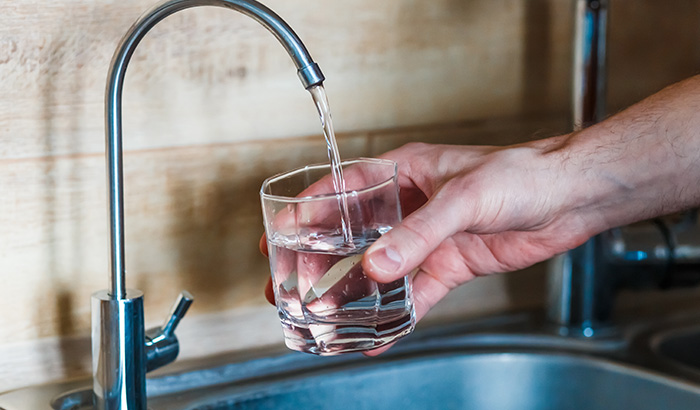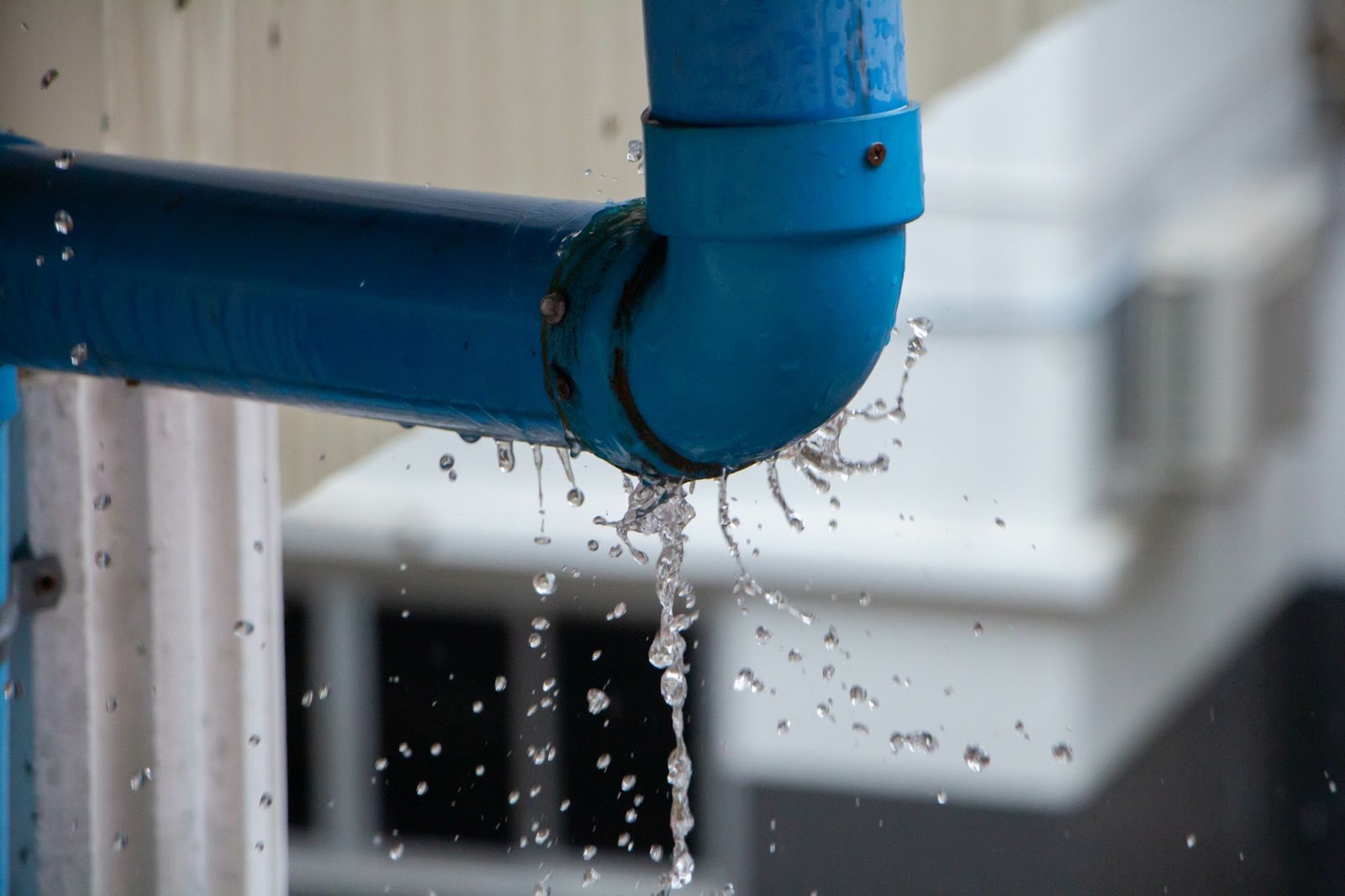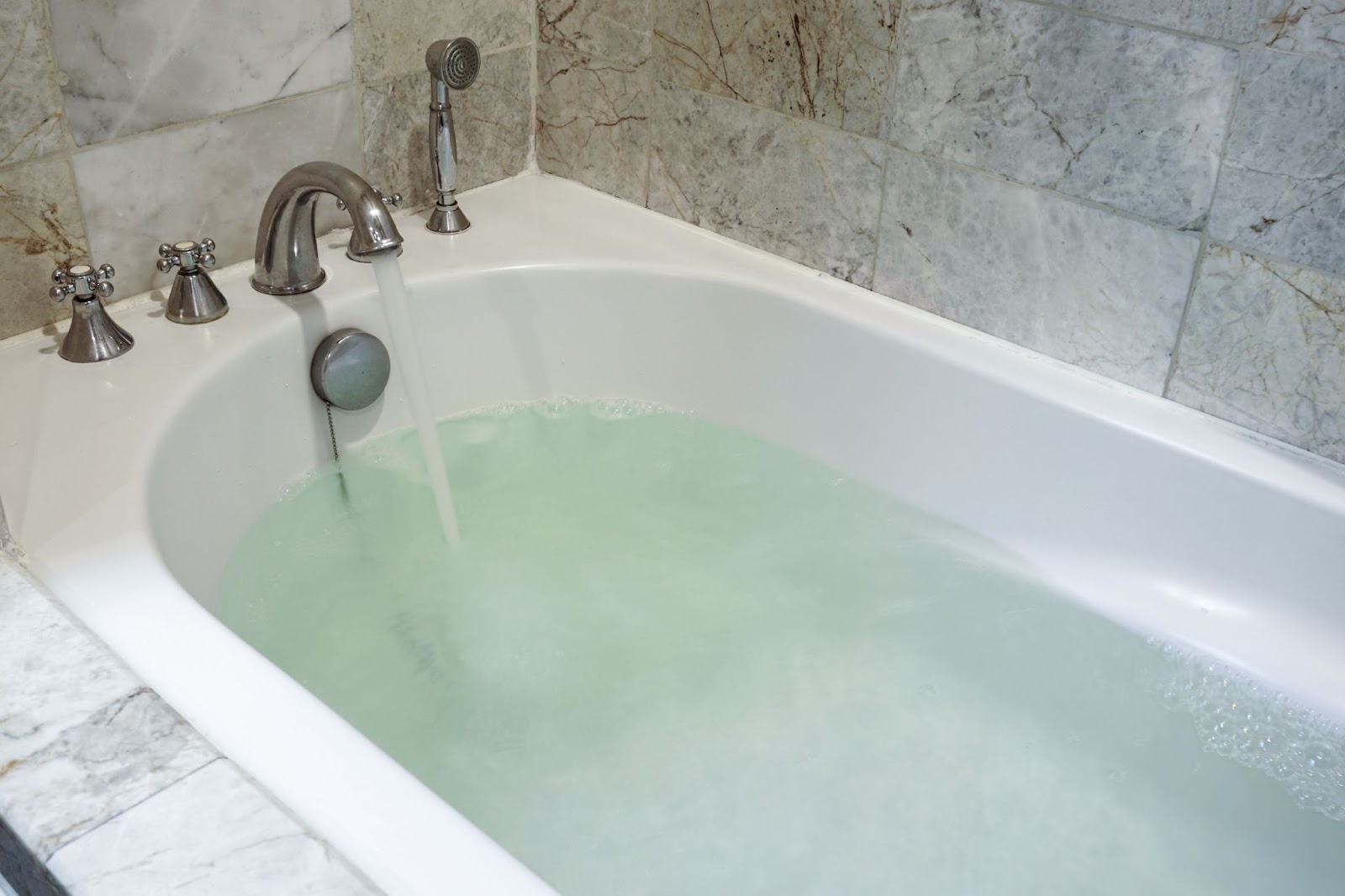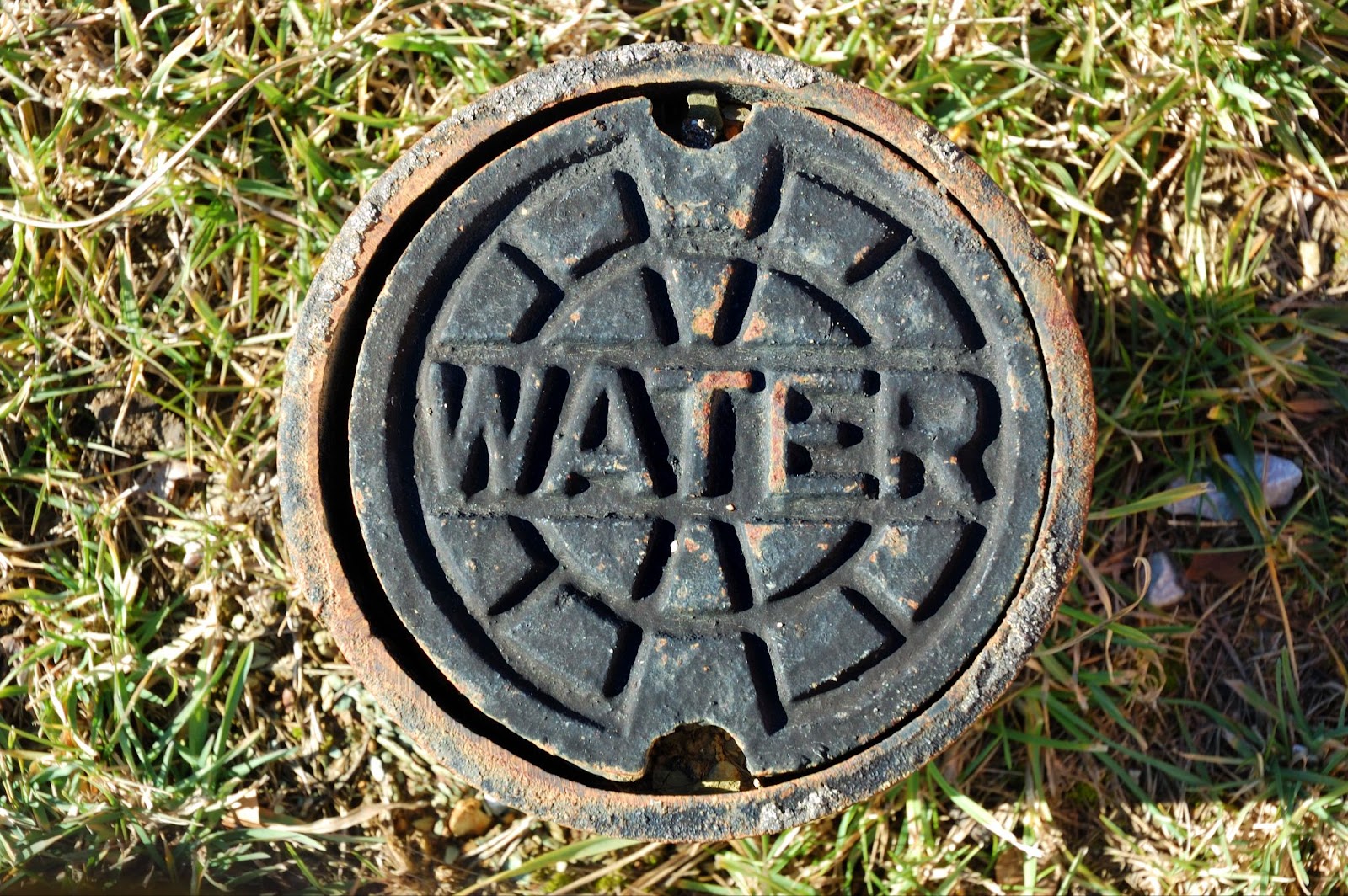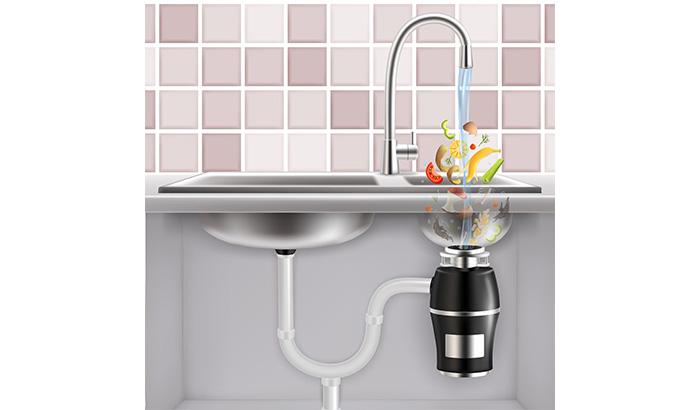Improving your water quality is essential for your health, your well-being, and the overall comfort and functionality of your living space. Whether you’re considering a home remodeling project or simply looking for ways to enhance your daily life, taking steps to ensure clean and safe water should be at the top of your priority list.
In this comprehensive guide, we will provide you with expert tips and insights on how to improve your home water quality. From understanding the importance of water filtration systems to implementing simple yet effective maintenance practices, we’ve got you covered.
So, let’s dive in and discover how you can achieve optimal water quality in your home, ensuring a healthier and more enjoyable living environment for you and your loved ones.
Know your water source
Understanding where your water comes from is essential to ensuring its quality. Most homes either utilize groundwater tapped via a well, or surface water that has been treated at a municipal facility. Recognizing which source supplies your tap water is the first step to assessing what potential contaminants could be present and determining the right solutions.
It’s important to regularly test your water supply. Municipal water users receive an annual water quality report, while well owners should conduct an independent test at least once a year to guard against microorganisms, pesticides, heavy metals, and other impurities that could impact your health.
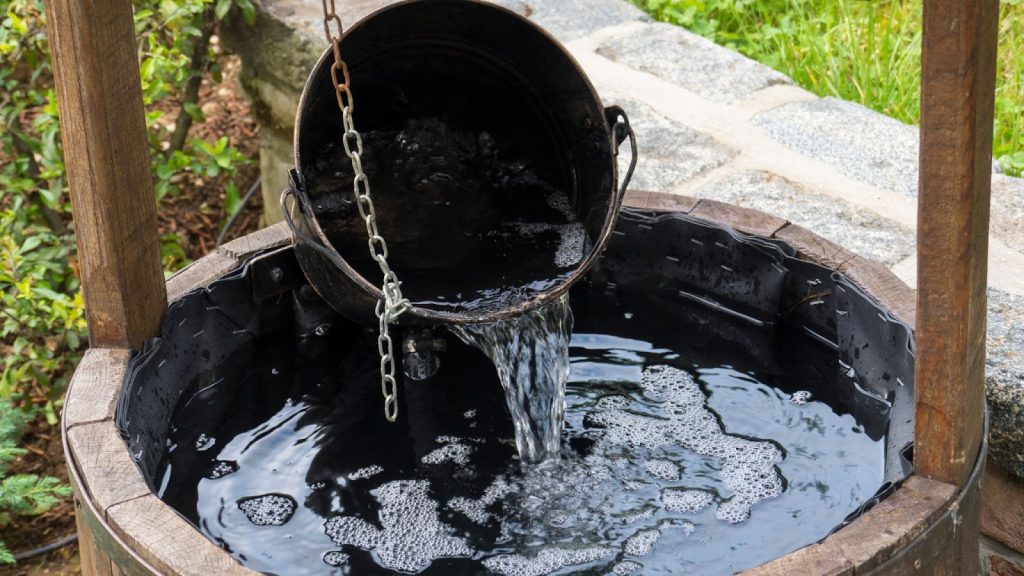
City water vs. well water
City water is meticulously treated to meet stringent safety standards and minimize the presence of contaminants.
Well water, freed from chlorine’s taste and smell, offers a natural purity but demands diligent monitoring for quality assurance.
City water undergoes thorough filtration and disinfection before reaching your faucets, adopting uniform quality controls and regular monitoring for safety.
Relying on aquifers and springs, well water presents a unique taste profile and requires homeowners to proactively test and treat their water supply.
Testing your water at home
Understanding your home’s water quality starts with a simple test. You can purchase testing kits that analyze your water’s content right at home.
Kits will often check water for total dissolved solids, pH levels, hardness, and dangerous contaminants like lead or bacteria, giving you a comprehensive view of your water’s condition.
However, interpreting the results correctly is key to addressing any issues. If the test detects certain contaminants, you might need more specialized treatment solutions to ensure safe water.
It’s a good idea to seek professional advice for an in-depth analysis, as home kits might not catch subtler chemical imbalances or microorganism presence.
Regular testing ensures your awareness and helps maintain a healthy, pure water supply for daily use.
Filter out the bad stuff
Investing in a high-quality water filtration system is an excellent way to improve your home’s water quality so you have better water.
Water filters remove unwanted particles such as dirt, chlorine, and harmful bacteria, ensuring that what comes out of your tap is clean and safe for consumption. From simple pitcher filters to advanced under-sink systems, there is a range of options to suit your specific needs and budget.
Select a filter that meets rigorous industry standards to guarantee the best results for your household. This critical step will transform your water experience, elevating the purity and taste, and ultimately contributing to your family’s well-being.
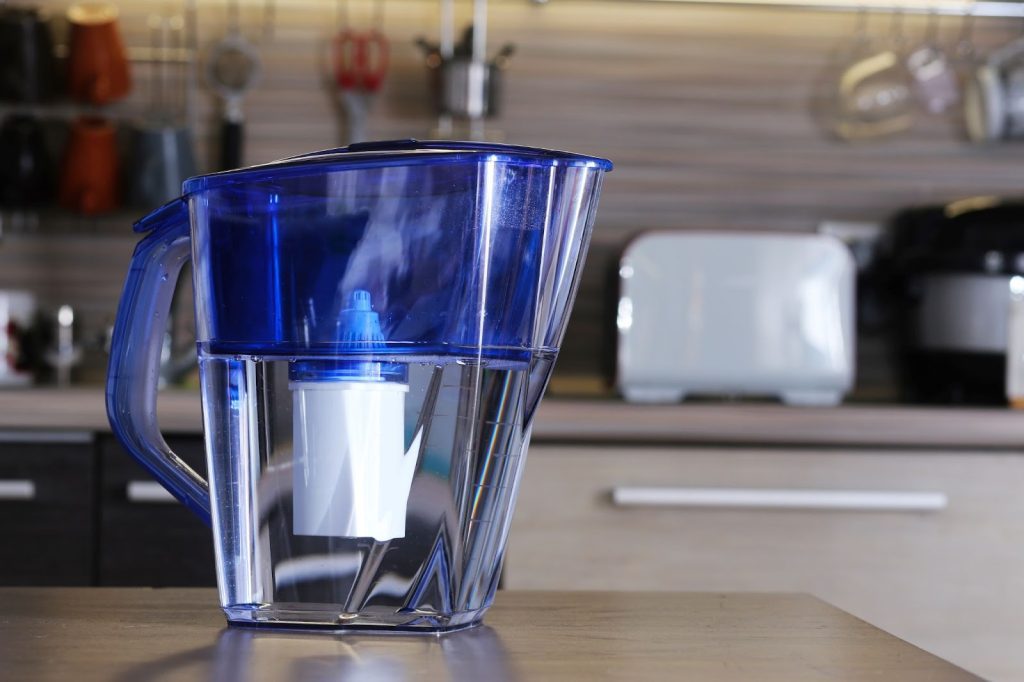
Pitcher filters for beginners
Pitcher filters are an accessible starting point for better water quality with a water filtration system.
- Convenience: Easily fits in the fridge and requires no installation.
- Affordability: Less expensive than most complex filtration systems.
- Simplicity: Simple to use — simply fill the pitcher and let it filter.
- Maintenance: Replaceable cartridges make upkeep straightforward.
- Effectiveness: Capable of reducing common contaminants like chlorine and metals.
They provide a quick and straightforward solution to cleaner, better-tasting water.
Since they involve minimal commitment, pitcher filters are perfect for those testing the waters of home filtration.
Whole-home systems for big changes
Installing a whole-home system is a significant step towards better water throughout your residence. Here’s how to go about getting a whole-home system:
- Determine your water needs by having your water tested to identify specific contaminants.
- Select a system certified by an industry-recognized body, ensuring it meets safety and performance standards.
- Choose a reputable installer, as proper installation is important for the system’s effectiveness and longevity.
- Regular maintenance is essential; schedule it to preserve your system’s efficiency and water quality.
- Consider additional features such as water softeners or UV purifiers for comprehensive water quality solutions.
A concerted investment now leads to lasting benefits for your health and home appliances. Remember, a whole-home system will help safeguard against a broad spectrum of impurities, delivering consistently clean water from every tap.
Keep pipes clean and clear
Ensuring your home’s pipes are free of buildup is essential for high-quality water. Over time, debris and mineral deposits will accumulate, causing clogs and corrosion. To avoid these issues, implement regular cleaning routines for your pipes.
For a thorough cleanse, use non-toxic cleaners designed for removing limescale and other deposits. These should be gentle yet effective, preventing damage to your pipes while safeguarding water quality. Regular flushes with these solutions will keep your pipes in excellent condition.
Employ “pipe-friendly” practices, such as avoiding harsh chemicals, to maintain pipe integrity. Consistent care protects against deterioration that could compromise water cleanliness and flow.
Fix leaks right away
Prompt attention to leaks is crucial for maintaining water quality in your home.
- Inspect pipes regularly for any signs of moisture.
- Check under sinks, behind appliances, and around toilets for unexpected wet spots.
- Listen for dripping sounds that could indicate hidden leaks.
- Monitor your water bill for unexplained increases, as these may suggest leaks you haven’t detected.
- Use dye tablets in toilet tanks to test for silent leaks.
Addressing leaks promptly helps prevent contaminants from entering your water supply.
Ignoring leaks not only leads to water wastage but also structural damage and mold growth, which will worsen water quality.
Flush out toxins regularly
Throw out the bad stuff daily.
Your home’s plumbing system is like its veins, carrying water to different parts. Over time, pipes might collect unwanted substances, like metals or minerals. Imagine these as invaders trying to tarnish your water’s purity.
Flush your pipes to clear them out.
Make it a habit to run cold water taps — at least for a few minutes each day. This simple action washes away any sitting particles that might have crept into your system overnight.
Stay on top of your home’s health.
Setting a routine for flushing toxins is essential for purity. More frequent flushing — especially after long periods of disuse — ensures that the water from your tap stays fresh and clean.
Look at the big picture for a safe home.
By being proactive about flushing out toxins, you’re not protecting your water and safeguarding your family’s well-being. Clean water means a healthier home, and that’s a commitment to be proud of in 2024 and beyond.
Safe water practices
Always choose cold over hot for cooking.
When you’re cooking or preparing food, start with cold tap water — never hot. Hot water can dissolve contaminants more quickly, increasing your risk of exposure.
Beware of standing water in the pipes.
If you haven’t used a faucet for several hours, let the cold water run for a minute or two before using it. This helps flush out any potential contaminants that may have settled in stagnant water.
Think before you drink or cook.
It’s wise to have a glass of water tested annually to ensure it meets health and safety standards. This step guarantees that your family’s drinking and cooking water is safe.
Boil during alerts
When local authorities issue a boil water notice, take immediate action and boil all water before consuming it. This kills most bacteria, viruses, and parasites that might lurk in the water. Choosing to heed these advisories is a fundamental step in maintaining water safety in your home.
Boil water for one full minute to ensure safety. This time frame is critical to neutralize harmful organisms.
Remember, it’s not only drinking water that needs boiling. Use boiled or bottled water for washing fruits and vegetables, brushing your teeth, and making ice.
Even your pets should have access to boiled water during these alerts. They can be as susceptible to contaminants as humans, so it’s important to keep them safe.
Following a boil water advisory, you’ll also need to disinfect water-using appliances. This includes items like coffee makers and ice machines, which require attention to avoid the spread of contaminants back into your clean water supply.
Finally, stay informed about your area’s water status. Sign up for local alerts so you don’t miss important updates regarding water safety and public health. This proactivity ensures you’re always prepared to act swiftly to protect your family’s health.
Regular cleaning schedules
Maintaining a regular schedule for cleansing water fixtures can prevent sediment and mineral buildup. Doing so ensures taps, faucets, and showerheads remain clear of obstructions that might affect water quality.
Develop a routine to inspect and clean your water fixtures. Use vinegar or a specialized cleaning solution for optimal results.
Routinely replace filters in your drinking water systems. Old filters sometimes harbor bacteria, which will reduce the effectiveness of your water purification.
It’s crucial to frequently drain and clean your water heater. Sediments accumulate at the bottom, impacting water cleanliness and heater efficiency.
Don’t forget areas that might not be obvious, such as hose bibs and outdoor faucets. They, too, harbor contaminants if not regularly cleaned and flushed.
Lastly, ensure your plumbing system is free from leaks. Even small drips cause unwanted moisture, leading to mold growth and potential water contamination.
Salisbury Plumbing is here to help
Ready to take the next step towards improving your home water quality? Contact Salisbury Plumbing today and let our team of experts guide you through the process of selecting and installing the perfect water purification system for your needs.
With our years of experience and commitment to excellence, we guarantee that you’ll receive top-notch service and reliable solutions that will transform the way you experience water in your home.
Don’t wait any longer — reach out to us now and start enjoying the benefits of clean, pure water in your everyday life. Your health and the well-being of your family deserve nothing less than the best. Contact Salisbury Plumbing today, and experience the difference for yourself.

